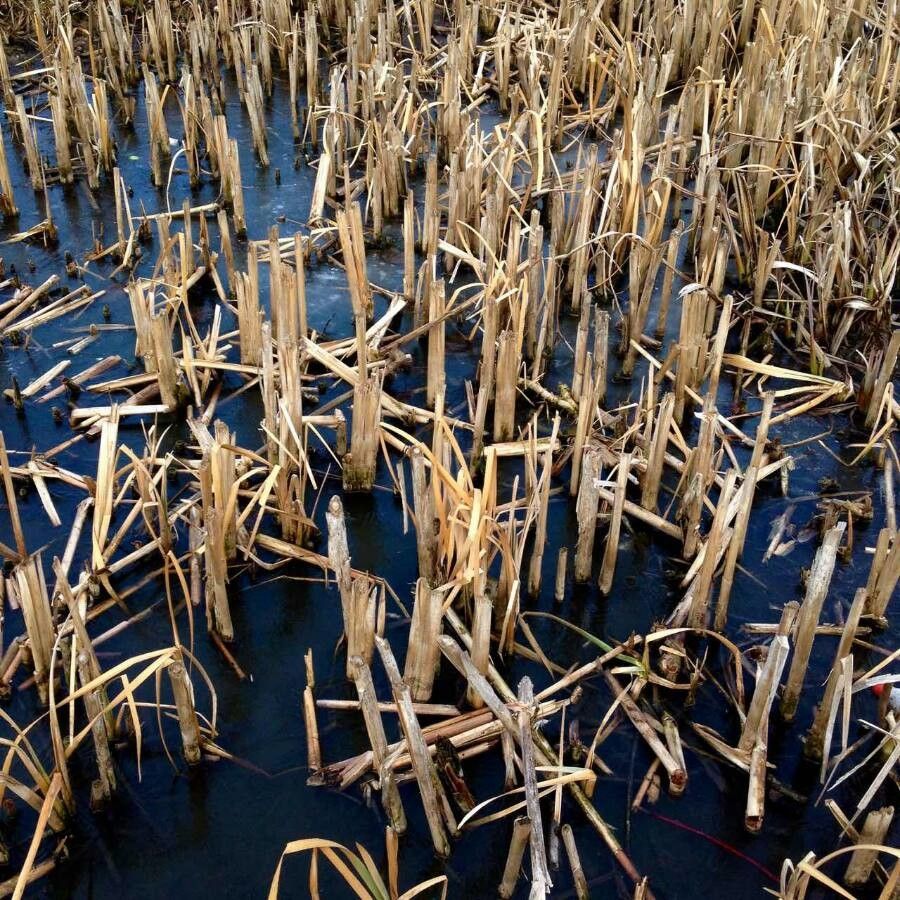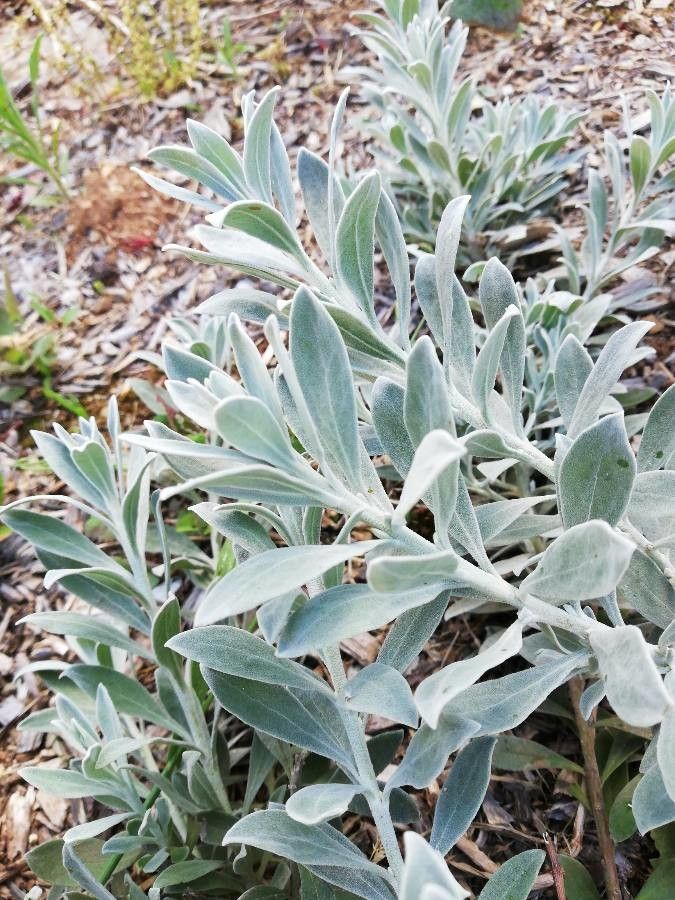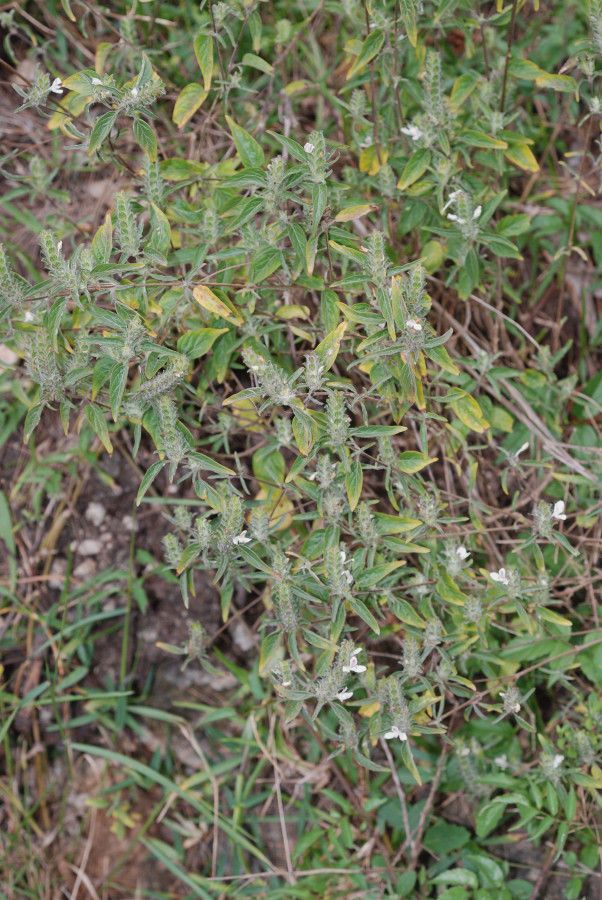## Cooper's Reed: A Comprehensive Guide
Cooper's reed, a member of the Typhaceae family, adds a touch of wild beauty to any aquatic environment. While information on specific cultivars within the *Typha* genus can be limited compared to more commonly cultivated plants, understanding its broader characteristics allows for effective identification and cultivation. This guide delves into the fascinating world of Cooper's reed, providing insights into its identification, habitat, and care.
### Identification
Distinguishing Cooper's reed from other *Typha* species requires careful observation. While exact specifications for 'Cooper's Reed' are hard to definitively find in botanical databases, this section will cover the characteristics commonly associated with the Typha genus, enabling identification. Key features to look for include:
* **Leaves:** Long, linear, and strap-like, emerging from the base of the plant. Note the leaf texture, color (often a greyish-green), and overall shape for comparison with other similar species.
* **Inflorescence:** The defining feature is the characteristic cylindrical brown flower spike, which is a key identifier for the entire *Typha* genus. Observe the shape, size, and the spacing between the male and female flowers within the spike (a distinguishing feature between different *Typha* species).
* **Habitat:** The plant’s location is a strong indicator; it thrives in wet, marshy environments and along the edges of bodies of water.
It's crucial to compare your findings with illustrated guides and potentially contact local botanical experts for confirmation if identification remains uncertain.
### Habitat and Growth
Cooper's reed, like other members of its family, thrives in wetlands. It prefers shallow, slow-moving or still water with muddy or silty substrates rich in organic matter. Look for them in marshes, ponds, lakeshores, and along the banks of slow-moving rivers and streams. Sunlight availability is key, so full to partial sun is optimal for healthy growth. The depth of water where they grow varies depending on the specific species and environmental conditions.
### Soil Needs and Water Requirements
Cooper's reed is adapted to wet, waterlogged soils. The ideal substrate would be rich in organic matter and possess sufficient moisture retention. Well-drained soil is definitely *not* suitable. The plant requires consistently moist or submerged conditions. Regular water levels are crucial for optimal growth, and avoiding drought conditions is important for this aquatic plant.
### Sun Exposure
Cooper's Reed generally prefers full sun to partial shade. At least 6 hours of direct sunlight daily is ideal, promoting robust growth and flowering. However, some shade during the hottest part of the day might be beneficial in particularly harsh climates.
### Propagation and Cultivation
Propagation of Cooper's Reed is typically achieved through rhizomes, which are underground stems that spread horizontally. Division of these rhizomes can be done during the dormant season, carefully separating them to ensure each section has healthy growth points. Seeds are also viable, though typically less reliable for propagation.
### Ecological Importance
Cooper's Reed, along with other wetland plants, plays a vital role in the ecosystem, providing habitat and food for various wildlife, including birds, insects, and fish. It also helps stabilize shorelines and improve water quality by filtering pollutants.
Cooper's Reed: Identification, Care & Habitat

Frequently Asked Questions
How do I identify Cooper's Reed?
Identify Cooper's Reed by its long, linear leaves, and the characteristic cylindrical brown flower spike. Consider the plant's habitat (wetlands) and compare its features to other *Typha* species illustrations. Expert confirmation might be needed for precise identification.
Where does Cooper's Reed grow best?
Cooper's Reed thrives in wetlands with shallow, slow-moving or still water, muddy or silty substrates rich in organic matter, and full sun to partial shade. Consistent moisture or submerged conditions are crucial.


